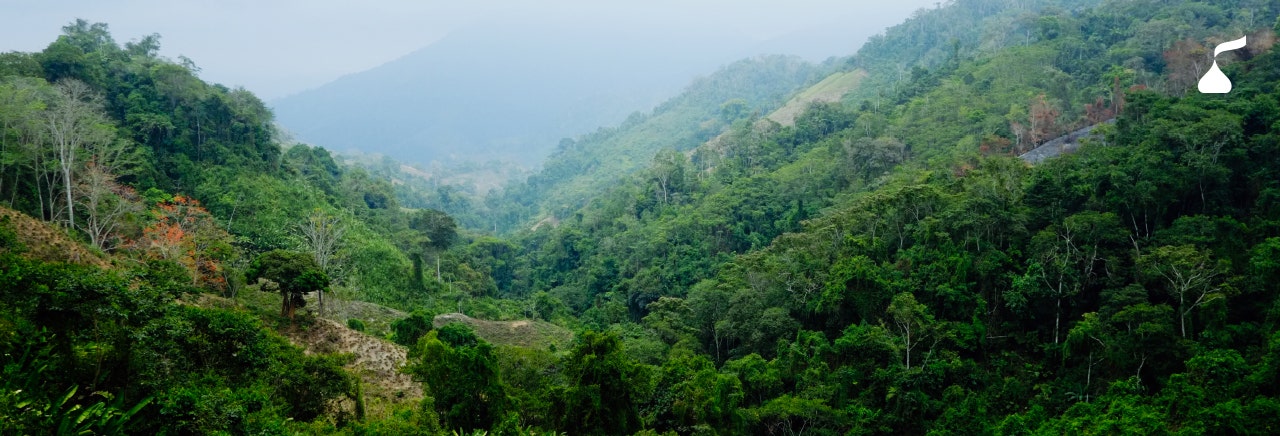A Strong First Year for Hershey’s Climate Commitments
Key Takeaways:
- Hershey’s 2020 Sustainability Report gives an in-depth look at the progress the company is making with science-based targets (SBTs).
- We saw a significant reduction across Scope 1, Scope 2 and Scope 3 emissions.
- We are proud of our progress and the commitment of our employees to reach our SBTs, however, we know that there is still more work to be done.
In our 2020 Sustainability Report, Hershey reported its first progress against our new science-based targets (SBTs) for greenhouse gas reduction. During the year, we saw a significant reduction across all scopes, including a 23.7 percent reduction in absolute Scope 1 and Scope 2 emissions (fuel and electricity usage in our direct operations) and a 12.6 percent reduction in absolute Scope 3 emissions (emissions from our broader value chain).
As a quick refresher, a science-based target is a corporate goal that uses the latest climate science to specify how much and how quickly a company needs to reduce its emissions in order to align with the recommendations of the Paris Climate Agreement.
Our target is to reduce absolute Scope 1 and Scope 2 emissions by more than 50 percent and Scope 3 emissions by 25 percent by 2030, compared to a 2018 baseline. Earlier this year we announced that this goal had been accepted by the Science-Based Targets initiative (SBTi) as meeting their standards and that the targets covering emissions from our operations align with 1.5°C temperature pathways, the most ambitious designation available through the SBTi process.
With approximately a 10-year time horizon to achieve our goal, it was incredible to see that we were nearly halfway there in the first year we were reporting out progress. I am sure you, like me, are incredibly curious as to why: What drove these astonishing reductions?
As a company who takes our external commitments extremely seriously, when we developed our SBT we took an extra step in the process: we road-mapped our plans to start delivering GHG reductions in the first years of our goal. We made such plans for each of the seven emissions hot-spot areas identified in our value-chain-wide GHG footprint, including: fuel use and electricity usage (our main Scope 1 and Scope 2 drivers), and the value chain impacts of cocoa, sugar, dairy, packaging, and logistics.
This step is not required by the scientific methods, but we wholeheartedly believed this is going to be crucial in our ability to achieve our goal over the long-run and was part of our secret sauce to delivering progress towards our goal right out the gate. We will not see the return on some of these action plans until we are measuring our 2021 footprint, but others were able to quickly align with our climate agenda and passionate Hershey employees began working on solutions to drive meaningful GHG reductions during 2020. For instance:
- Professionals in our procurement team began to work with our utility providers to procure renewable energy credits (RECs) and zero emissions credits (ZECs) to cover electricity usage in the 2020 calendar year and are strengthening these efforts going forward with investments in power purchase agreements (PPAs) to develop utility-scale renewable energy projects that are expected to come online in 2021 and 2023. This work single handedly drove a 32 percent reduction in our market-based Scope 2 emissions in 2020.
- Serendipitously, we learned that our ongoing work to fight deforestation as part of our holistic Cocoa For Good program, and our existing commitment from 2018 to have no new deforestation in our global cocoa supply chain would be an important ingredient in our ability to drive reductions in our GHG footprint from cocoa. We continue to work with our partners on the ground in cocoa communities and climate expert consultancies to ensure we can credibly claim improvements in our cocoa supply chain into our carbon footprint. In 2020, this work drove an 18-21 percent improvement in the emissions factors of our cocoa (depending on country of origin).
All this said, we also need to acknowledge that some of our performance in 2020 was driven by the pandemic. As people and global economies recover, we believe GHG reductions driven for these reasons are likely to be reversed in the coming years. But we feel confident that reductions from programming we have intentionally put in place will continue to contribute to our results and we will continue to be built upon them in the coming years.
We are proud of our progress, but the road ahead is not guaranteed. Our SBTs are still challenging commitments that will be a stretch for our organization. While we feel confident that we are on the right path, it would be folly to claim today that we know we are assured of reaching our ultimate destination. Our near-term plans in each of our emissions hot-spot areas will help us to deliver progress, but we are counting on a number of factors that are not so easy to model to help us fully realize our goal. These include unleashing the potential and passion of Hershey employees to help us make progress on our goals in creative ways, exploring new climate technologies that may not exist yet and much more.
More details about the plans and programs we set in place for our emissions hotspots and other details about our performance on climate change action are available in our 2020 Sustainability Report and our inaugural Taskforce on Climate Related Financial Disclosures.
I hope you will follow our journey.
